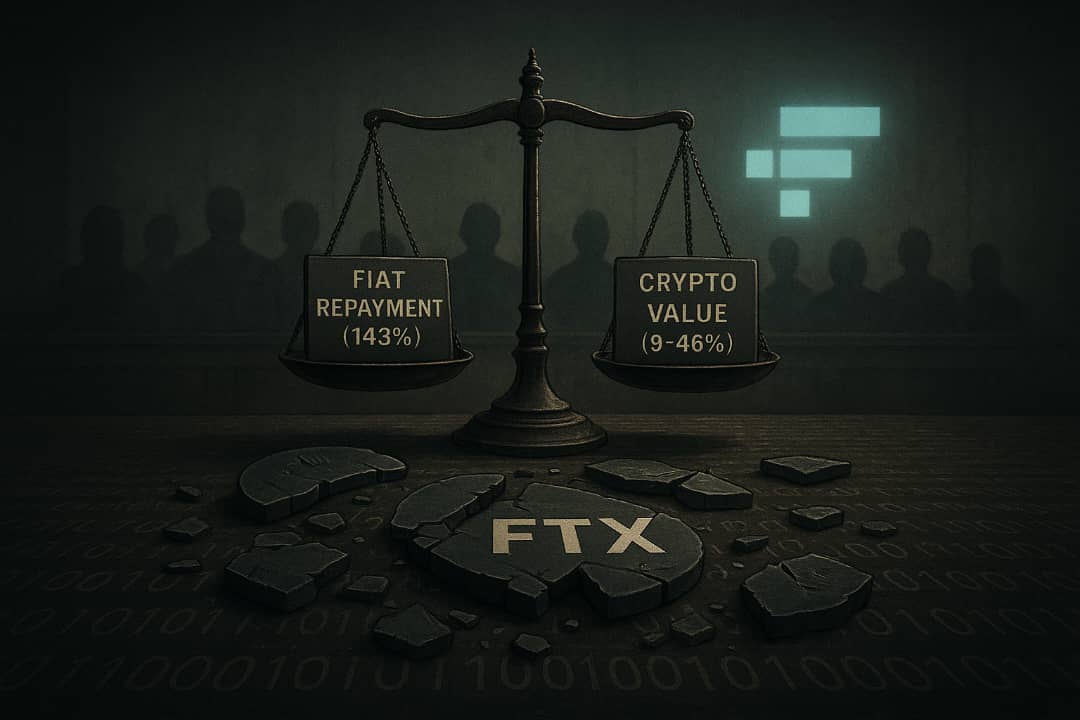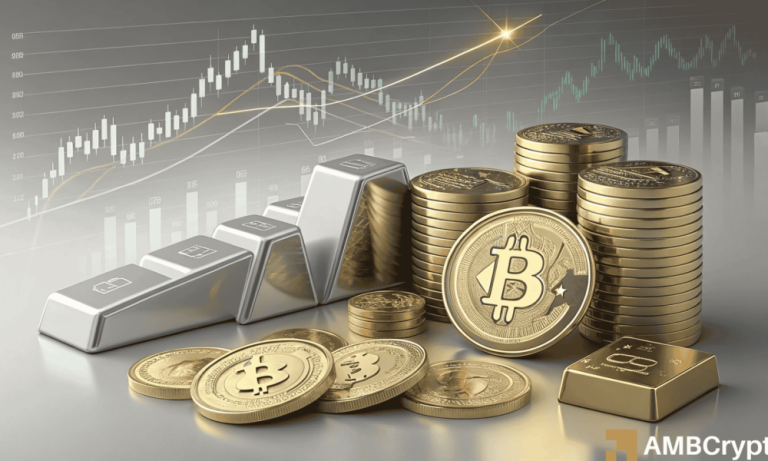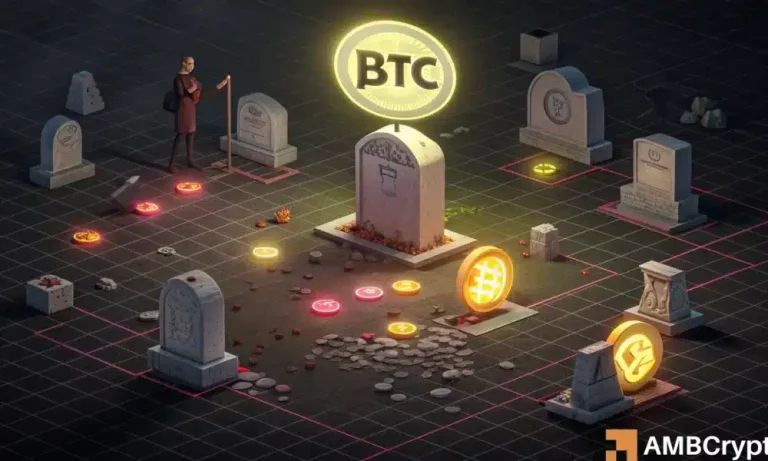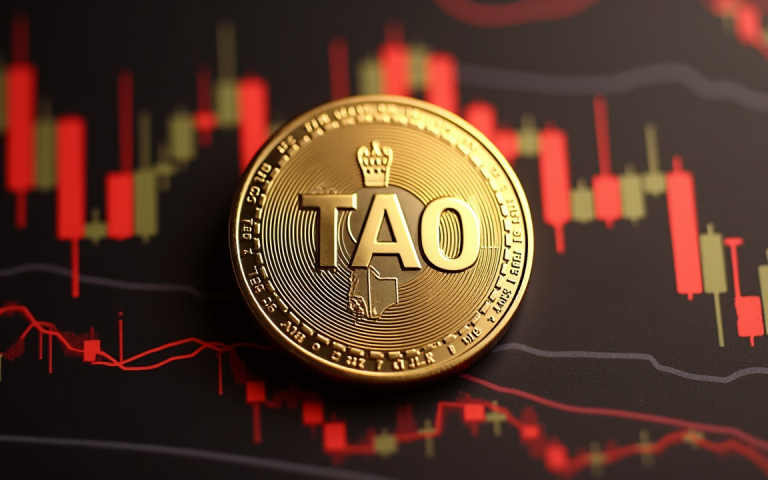
The ongoing FTX bankruptcy case continues to shed light on the complex and often unfair realities of cryptocurrency recoveries. While headlines boast of “full repayment” promises, the recovery rates for creditors tell a much harsher story. With repayments calculated in fiat terms rather than real crypto value, creditors may see only a fraction of what they lost, despite the optimistic figures being advertised.
FTX’s Recovery Reality: What It Means for Creditors
Earlier this year, FTX’s restructuring team announced plans to repay creditors “up to 143%” of their claims. However, this figure is rooted in the fiat valuations from November 2022, when FTX collapsed. At the time of writing, cryptocurrency prices have rebounded significantly, with Bitcoin (BTC) near $110,000, Ethereum (ETH) around $3,800, and Solana (SOL) exceeding $183, according to CoinMarketCap. This disparity means creditors who were owed one Bitcoin in 2022 may only receive the equivalent of 0.3 BTC when adjusted for today’s higher crypto prices.
Sunil, a prominent FTX creditor representative, has been vocal about the discrepancies. On social media platform X, formerly known as Twitter, Sunil pointed out that the real recovery rate for creditors ranges between 9% and 46%, depending on the asset type and market conditions. For those holding assets like SOL or ETH, the recovery looks even bleaker compared to creditors who lost stablecoins like USDC.
The Emotional and Economic Cost of FTX’s Collapse
FTX’s bankruptcy impacted over 9 million users globally, including retail traders, blockchain developers, and DeFi enthusiasts. The collapse in November 2022 wiped out billions in user funds, creating deep mistrust in centralized platforms. As repayments are issued in fiat terms, many creditors feel a deep sense of injustice. After all, crypto values and purchasing power have skyrocketed since FTX’s downfall, making fiat-based refunds feel inadequate.
This emotional and financial toll has fueled distrust within the FTX creditor community, with many accusing public narratives of painting an overly optimistic recovery picture. Social media discussions underscore a divide between those who celebrate the supposed comeback and those who recognize the significant gaps in real restitutions.
Is There a Silver Lining for FTX Creditors?
Despite the grim reality of the official recovery process, new opportunities might arise from outside the bankruptcy proceedings. As Sunil points out, creditors possess valuable on-chain data and community presence, making them highly attractive to blockchain projects looking to onboard engaged users. This has already led to innovative recovery efforts beyond the court-mandated payouts.
One notable example is Paradex, a decentralized trading platform built on Starknet, which recently announced an exclusive airdrop targeting verified FTX creditors. This initiative not only rewards affected users but also invites them to rejoin the growing decentralized finance (DeFi) ecosystem. As the first of its kind, Paradex’s move could spark a trend of restitution-driven airdrops, paving the way for similar efforts by other Web3 projects.
The Future of Recoveries: From Crypto Losses to Community Restoration
FTX creditors are now being recognized as more than just victims—they are becoming valuable assets in the broader crypto landscape. Verified creditor lists represent a ready-made audience of crypto-savvy users, appealing to projects seeking instant credibility and engagement. In many ways, this highlights a shift within the cryptocurrency industry: communities and their influence are just as valuable as tokens themselves.
As more new-generation protocols take notice, such efforts could redefine what recovery means, shifting the focus from fiat amounts to meaningful integrations within the crypto space. Companies like Paradex could inspire a wave of creative restitution strategies, including future airdrops, governance roles in protocols, or incentives for specific L2 blockchains.
Moving Beyond the Numbers
The FTX bankruptcy story may be closing in terms of legal proceedings, but its emotional and financial fallout lingers. For creditors, recovery isn’t about percentages written on paper—it’s about regaining purchasing power, opportunity, and the years lost waiting for resolutions. While official repayment figures may disappoint, the crypto community’s response offers a glimmer of hope for true restitution.
Looking ahead, the best path to recovery may come not from the courts but from community-driven initiatives. Airdrops like Paradex’s remind us that there’s potential for rebuilding and reintegration, not just reimbursement. As such efforts multiply, they could help reshape what financial recovery truly means in the volatile yet innovative world of cryptocurrency.
For those affected, staying informed and connected to industry developments is essential. Be sure to explore valuable opportunities like Paradex’s initiative and keep an eye on similar recovery trends emerging across DeFi and Web3.
Product Spotlight: Are you struggling to make sense of your crypto portfolio post-FTX? Consider using Ledger, a secure hardware wallet trusted by millions worldwide. Safeguard your assets and have full control over your crypto investments.



